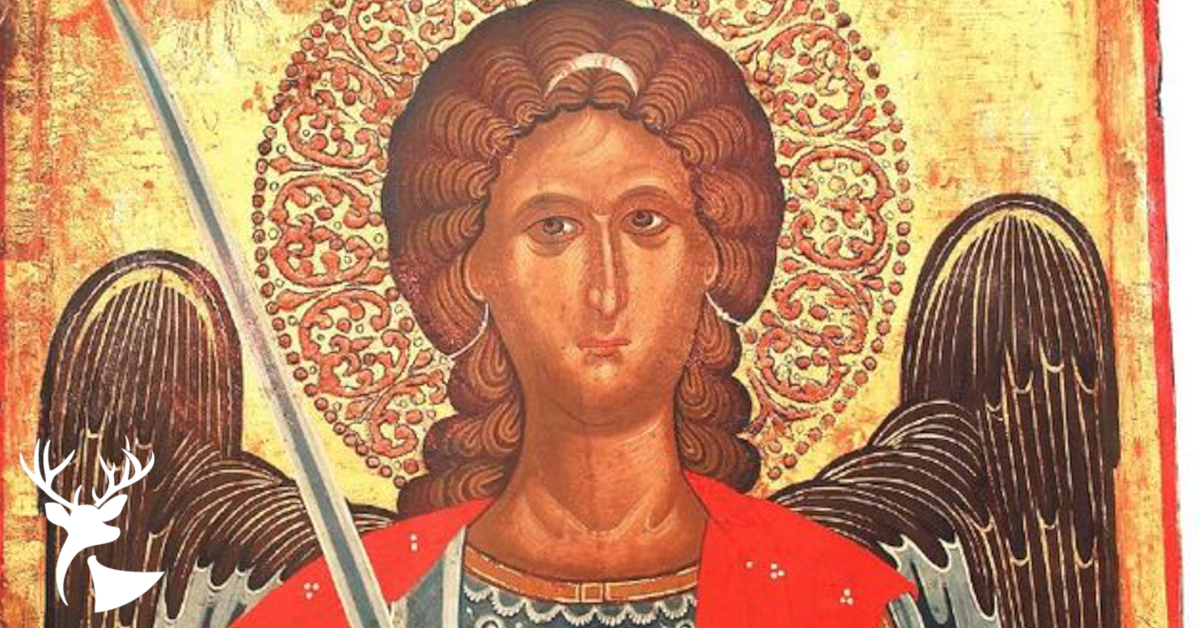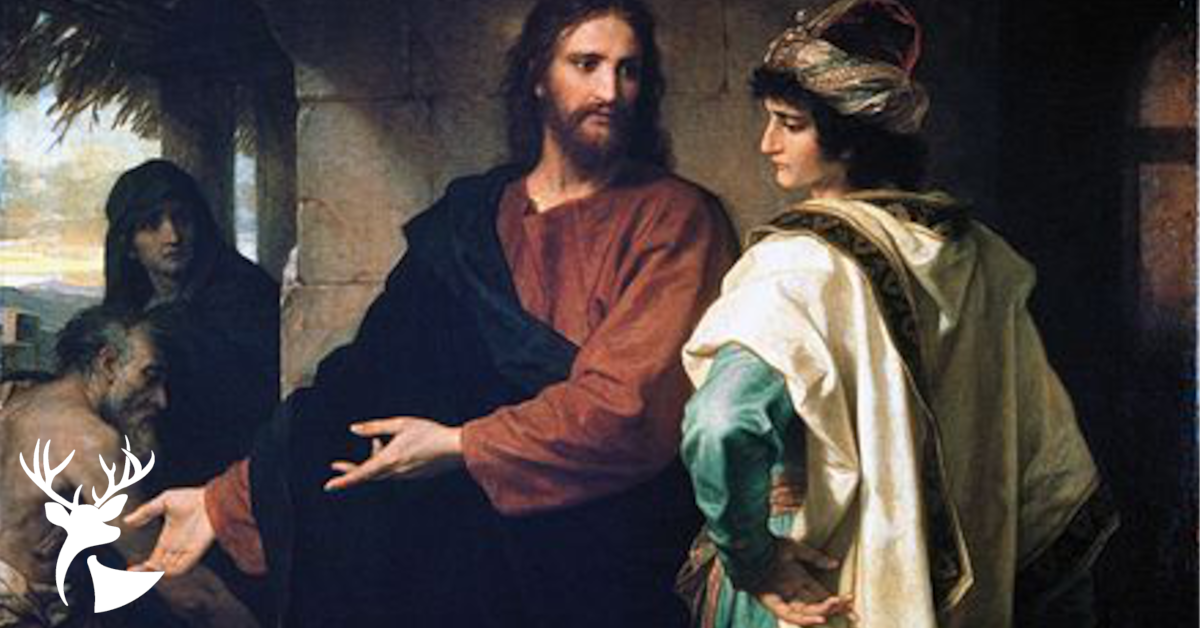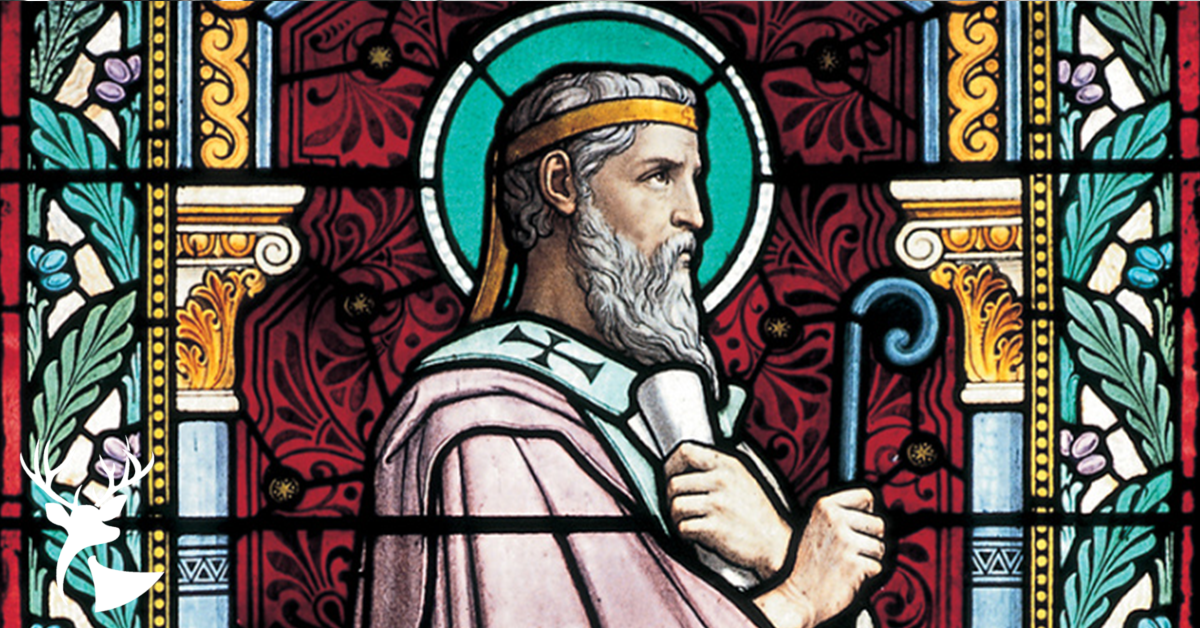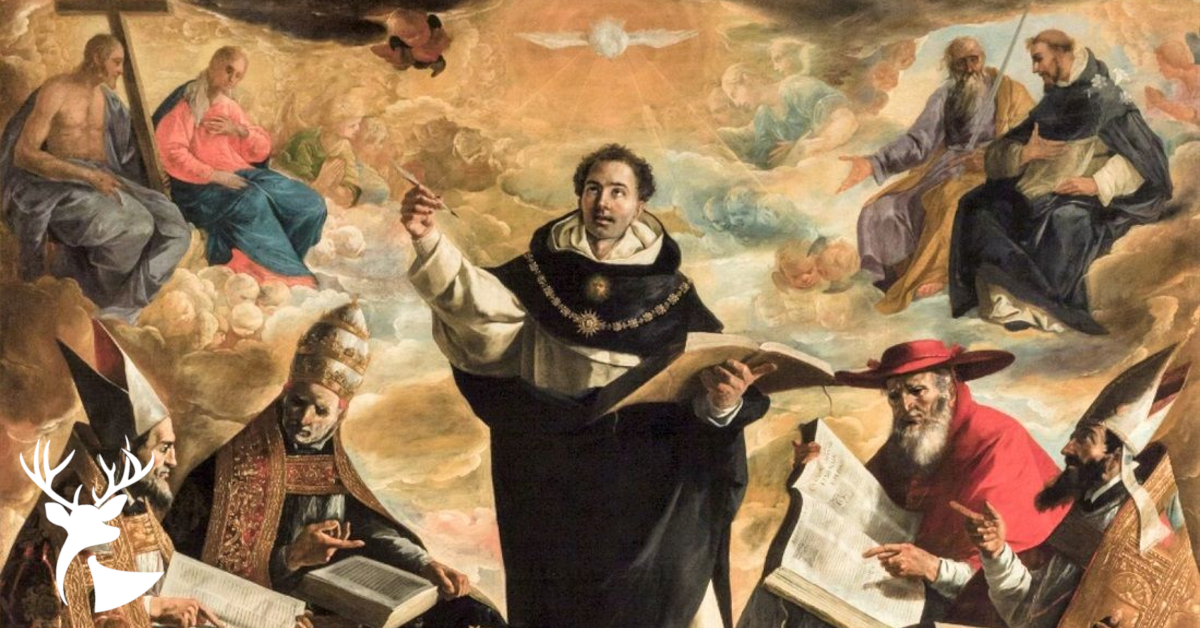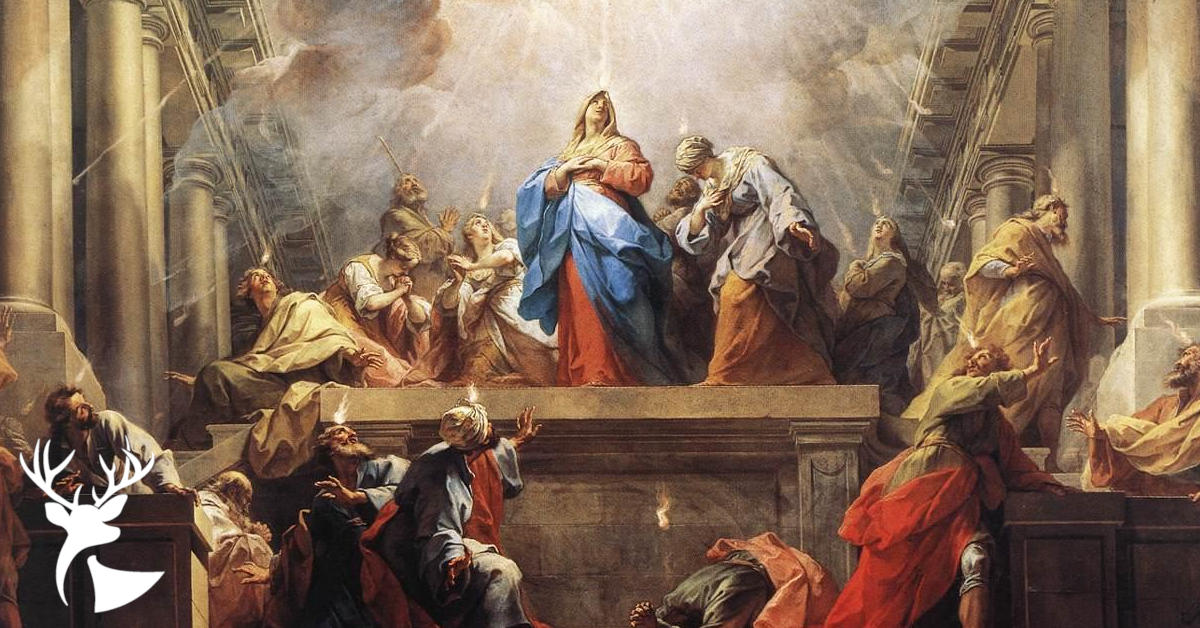
Fra Angelico’s “Annunciation” & Mary’s Obedience
By Joey Spencer | May 17, 2021
“The knot of Eve's disobedience was loosed by the obedience of Mary. For what the virgin Eve had bound fast through unbelief, this did the virgin Mary set free through faith.”
—St. Irenaeus of Lyons
Against Heresies, III.xxii
← Return to Musings

Fra Angelico’s “Annunciation” & Mary’s Obedience
By Joey Spencer | May 17, 2021
“The knot of Eve's disobedience was loosed by the obedience of Mary. For what the virgin Eve had bound fast through unbelief, this did the virgin Mary set free through faith.”
—St. Irenaeus of Lyons
Against Heresies, III.xxii
I recently taught a class on sacred art to a local parish’s men’s club. One of the paintings that we discussed was an altarpiece of the Annunciation done by Blessed Fra Angelico, which is held at the Prado Museum in Spain. In this particular painting, the left side depicts Adam and Eve being cast out of the Garden of Eden, while the right side depicts the Annunciation. For the person standing in front of the painting there is a before and after effect, a story being told, that the Fall of Adam and Eve is directly tied to the Annunciation.
On the Garden side, Adam and Eve can be seen being escorted out of paradise by one of God’s angels. Genesis 3:24 states that after the Fall, God, “drove out the man; and at the east of the garden of Eden he placed the cherubim, and a flaming sword which turned every way, to guard the way to the tree of life.” In Blessed Fra Angelico’s depiction, there is no anger or aggression present in the angel toward Adam and Eve, rather there is a sadness depicted in the angel’s downturned eyes, understanding what has been lost, as it’s right hand almost sorrowfully directs them out of Eden. As Adam and Eve exit the Garden, it can be seen that God, in his grace, has covered their naked bodies with animal skins even though they still retain the leaves which they used to first cover their nakedness. The animal skin clothes show that even in their sin, God provides for them.
In the upper left-hand corner of the painting there are two hands surrounded by a bright light representing the hands of God. There is light moving diagonally across the painting as if it is moving through time and across history, to the Annunciation and the Incarnation of our Lord Jesus Christ. We see a dove representing that the light is the movement of the Holy Spirit. We can recall the words From Luke 1:35 as we imagine the angel Gabriel saying, “The Holy Spirit will come upon you, and the power of the Most High will overshadow you; therefore the child to be born will be called holy, the Son of God.” Where the first Eve chose her own will over God’s and brought sin into the world, the second Eve, Mary, aligns her will with God’s will. Thus what begins with the Annunciation and Incarnation ends with the defeat of sin in Jesus Christ’s crucifixion, death, and resurrection.
At this point, the person standing before the painting, understanding who all the characters are, and the before and after nature of the story, could move on to the next painting in the museum. If they do, they might miss a major detail of what Fra Angelico might have been trying to communicate. The person looking at the painting participates in the story. The sin in the Garden is the before, the Annunciation is the middle of the story, and the after is now, and concerns you, the person standing before the painting. Through the crucifixion death and resurrection of Christ, made possible by the fiat of Mary at the Annunciation, you can receive salvation through Jesus Christ and no longer have to be a slave to sin which entered with the Fall of Adam and Eve in the Garden.
More Reading

Joey Spencer is a Tutor for the Alcuin Institute for Catholic Culture, and serves as the Archivist for the Diocese of Tulsa.


